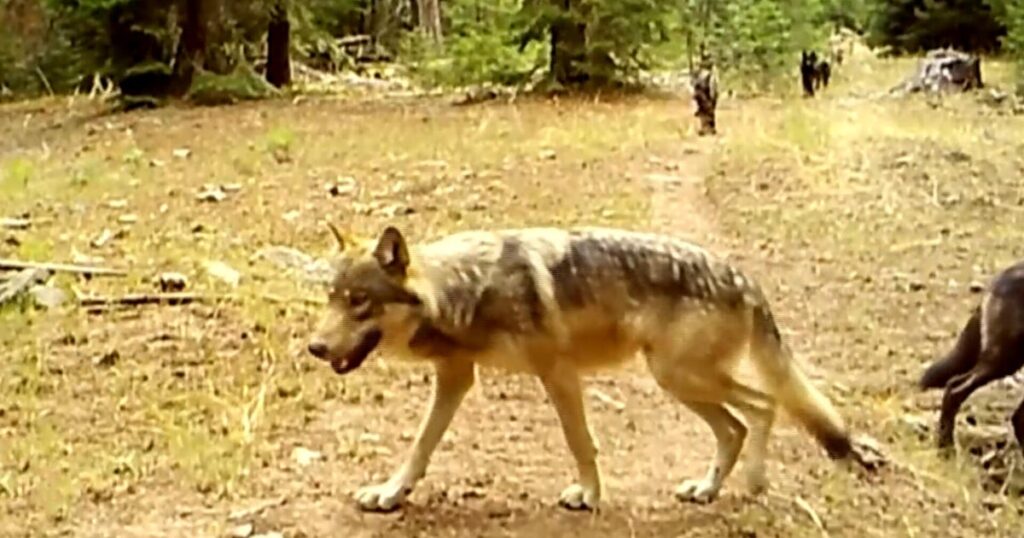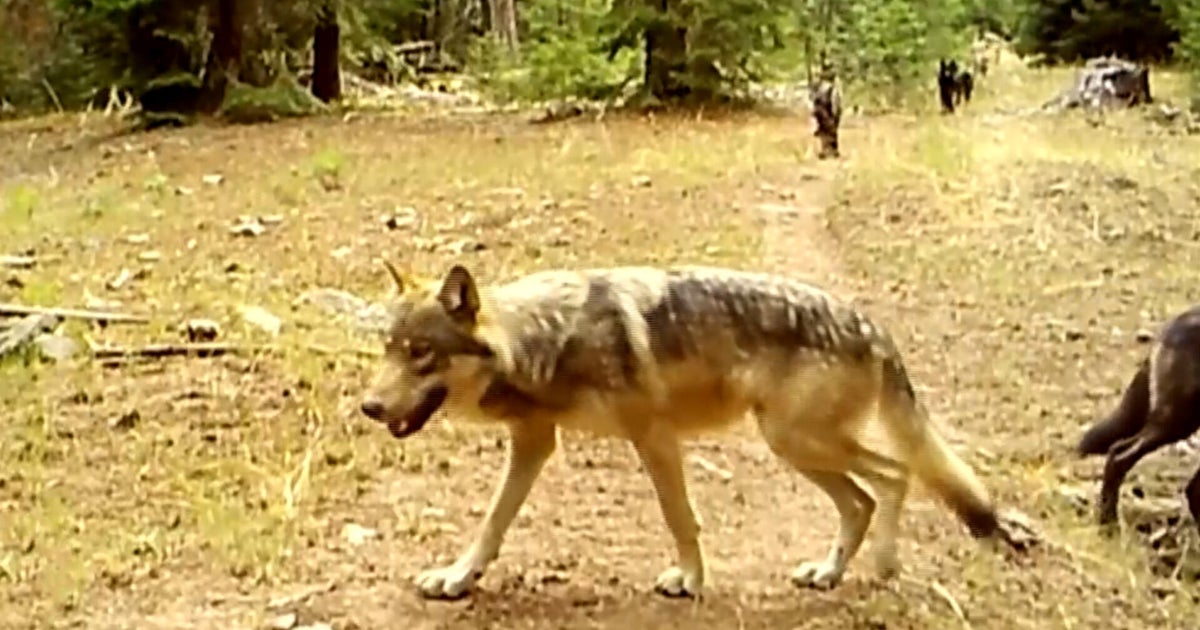Gray wolves are back in California after nearly vanishing, but livestock farms are suffering
Gray wolves are back in California after nearly vanishing, but livestock farms are suffering

The gray wolf population has increased in California after vanishing for nearly a century, but livestock farms have been impacted. Farmers are unable to protect their stock from attacks, since gray wolves are protected by the U.S. Fish and Wildlife service.
Read the full article on CBS US
Truth Analysis
Analysis Summary:
The article's claim about the gray wolf population increase in California and its impact on livestock farms has some basis in reality, but lacks specific details and potentially oversimplifies the situation. The claim that farmers are unable to protect their stock is partially accurate, but needs further context. The article exhibits a moderate bias by focusing primarily on the negative impacts on livestock farms without adequately addressing the ecological benefits of wolf reintroduction or potential mitigation strategies.
Detailed Analysis:
- Claim:** "The gray wolf population has increased in California after vanishing for nearly a century..."
- Verification Source #3: Mentions gray wolves in California being blamed for livestock deaths, suggesting their presence.
- Verification Source #1: Does not directly confirm the population increase in California, but discusses wolf OR7's movement into Southern Oregon, which is relevant to the broader region.
- Analysis:* The claim is generally supported by the sources, indicating the return of wolves, but the extent of the population increase isn't specified.
- Claim:** "...but livestock farms have been impacted."
- Verification Source #2: Mentions livestock kills from wolves as a problem, according to livestock owners.
- Verification Source #3: States that gray wolves in California are blamed for livestock deaths.
- Analysis:* Supported by multiple sources, indicating a negative impact on livestock farms.
- Claim:** "Farmers are unable to protect their stock from attacks, since gray wolves are protected by the U.S. Fish and Wildlife service."
- Analysis:* This claim is partially accurate. Wolves are indeed protected, which limits lethal control options. However, farmers *can* use non-lethal methods to protect livestock. The statement implies a complete inability to protect stock, which is an oversimplification. This requires internal knowledge as the provided sources do not directly address the protective measures available to farmers.
Supporting Evidence/Contradictions:
- Agreement:** Verification Source #3 and Verification Source #2 both acknowledge the issue of livestock deaths attributed to wolves.
- Lack of Coverage:** None of the provided sources detail the specific regulations regarding wolf protection and the extent to which farmers can protect their livestock.
- Internal Knowledge:** Farmers are not entirely unable to protect their stock. Non-lethal methods like fencing, guard animals, and hazing are often employed. The claim that they are "unable" is an overstatement.

